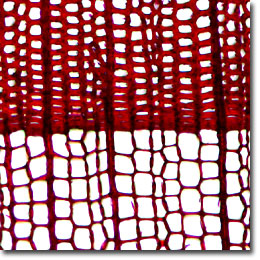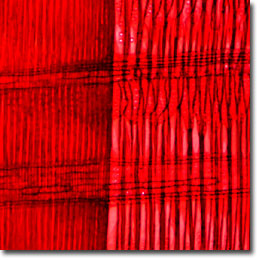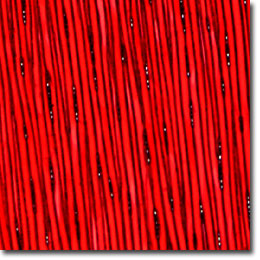The Balsam Fir
The Balsam Fir (Abies balsamea) is a creamy-white to pale brown softwood tree found primarily in Canada and in the United States from the coast of Maine to the mountains of Virginia and West Virginia. This useful tree was introduced into Europe in 1697. Average heights range up to 80 feet and the bark is a brownish gray. The wood is whitish to creamy white or pale brown in color.

Cross Section

Radial Section

Tangential Section
Young trees and their branches contain blisters filled with a yellowish oleoresin (commonly termed Canada balsam), which was formerly used in cementing lens elements together and mounting specimens for observation with a microscope. The tree propagates by seed in the form of cones, and can withstand very cold climates. Balsam fir wood was once widely used for butter tubs and sugar boxes, due both to the absence of objectionable taste and a general lack of resin materials that taint the spices. Other uses include boxes, crates, pallets, siding, molding, and novelty items.
Being lighter, softer, and weaker than spruce wood, balsam and Fraser fir woods are frequently confused with eastern spruce but are readily identified by the fact that ray tracheids and normal resin canals do not occur in the true firs. For purposes of identification, the investigator should examine a tangential thin section of the specimen and note the absence (by a true fir) or presence (in spruce) of transverse resin canals in the wood rays. As revealed by the stained (iron-alum hematoxylin and safranin) thin sections presented above, balsam fir tracheids average 30 to 40 microns in diameter and bordered pits exist in a single row, but are sometimes (but rarely) paired on the radial walls. Tangential pitting is present in the last few rows of late-wood tracheids and longitudinal parenchyma is very sparse and marginal in size. The rays are uniseriate and have varying heights ranging between one and 30 cells.